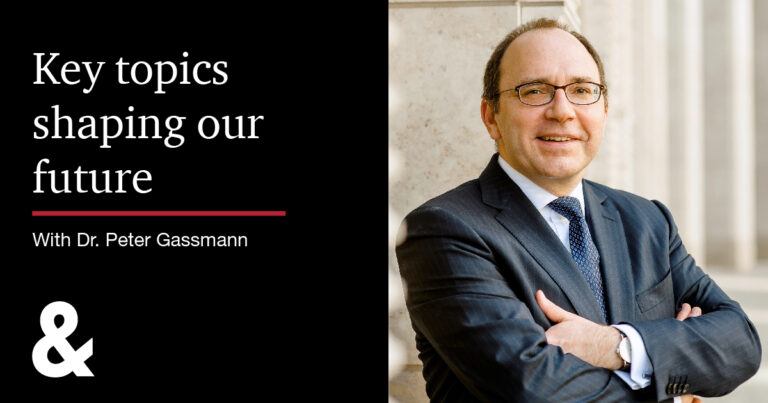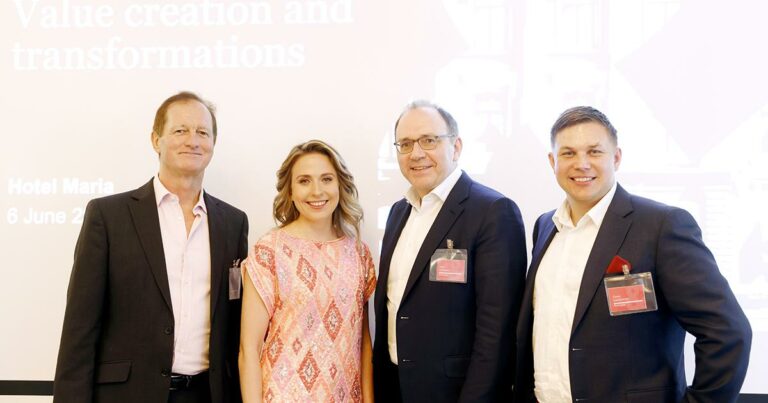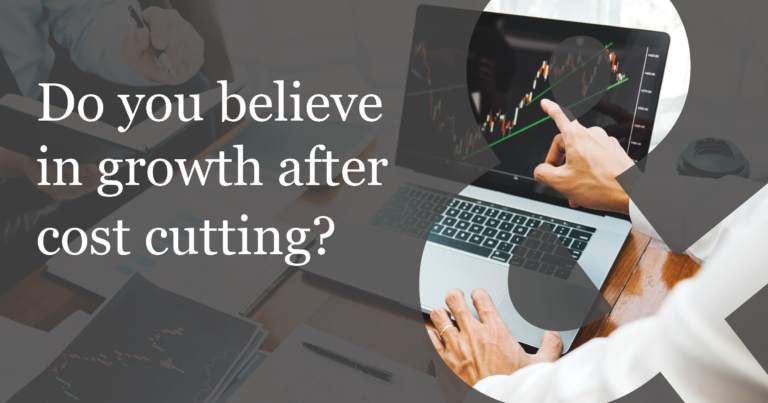Strategy renewal provides a great opportunity for assessing your culture
Jenna Hakkarainen

Do not miss out assessing your culture as part of your strategy renewal and transformation. Just as a ship requires a seaworthy check before setting sail, evaluating your organisational culture is the crucial prelude to a successful strategy renewal and transformation.
As a strategist I know that a large culture-strategy disconnect can be catastrophic. You simply cannot succeed in the target strategy if your culture is not supporting it. The good news is that if a leadership team can acknowledge the gap between culture and strategy in advance, they can set the right level of ambition for the strategy and increase the likelihood of success.
Ina Englund-Siironen, Vice President, People at Fortum, shared some of her insights with me regarding culture change at Fortum. Here is how she explained the starting position:
“We were undergoing a major strategy renewal where one of the objectives is to focus more on industrial clients rather than selling power to the Nordic markets. We saw culture change as a key factor to succeed in the new strategy. To kick off the culture journey, we wanted to understand our current culture and identify a few culture priorities to leverage our strengths and address the challenges. In this way we wanted to make sure that our culture supports the implementation of our new strategy. We also wanted to engage the whole organisation in the culture journey.”
Your first step should always be to assess your current culture
We at Strategy& recommend starting the culture journey by assessing the current culture.
You should aim to achieve a deep understanding of what your culture is now – what are its strengths and what are its challenges.
To gain an organisation-wide understanding of the current culture, we typically conduct interviews across the organisation and ask employees to answer our unique culture survey, delivering an AI-driven culture dashboard of the current culture situation.
Assessing the potential disconnect between target strategy and current culture is crucial to reveal the elements of the culture which are helping and hurting the strategy execution.
After a deep assessment of strategy/culture fit, you can accurately identify elements that are missing from the current culture but are needed to enable a successful implementation of the new strategy.
Domenico Dargenio, Leadership and Culture Transformation expert, shared a few insights with me on our collaboration at Fortum:
“For me the light bulb moment was working with the Strategy&/PwC team on the strategy-culture fit analysis and understanding – it was a real game changer.”
After this, you can crystallize your culture priorities
To start closing the culture/strategy gap, engaging your leadership team to identify and commit to a few culture priorities is a necessity.
In addition to the current culture diagnostics, we at Strategy& helped Domenico and the team at Fortum crystallize culture priorities to better align culture with the new strategy.
Domenico affirmed that this was highly useful:
“First of all, a culture journey is not about changing everything in your current culture. You need to understand how it matches and accelerates your strategy execution – and based on that awareness, you need to build some missing pieces that will help you rebalance and integrate the current culture. Having an uncompromising clarity of these new pieces and why they are the ones selected is an absolute must,” he said.
Once you have ensured that you have a robust diagnostic of the current culture, you can move on to the next stages of the culture journey i.e.
- Identifying and committing to a few critical behaviours that will bring the culture priorities alive every day across the levels
- Enabling formal and informal elements to activate culture change. This can entail, for example, identifying and activating informal leaders who are already showcasing the targeted behaviours
- Measuring impact and change through qualitative and quantitative metrics
When embarking on a culture journey, every leader should remember that culture can evolve, but it is a delicate rather than a radical journey.
As Domenico pointed out: “Like any large transformation, a real commitment from the leaders is very crucial, albeit not enough. Culture is a very human phenomena and we cannot think of transforming it in a very mechanistic way, hence involving people is a crucial enabler. The lesson learned is to really have lots of patience. If you want to go fast, go alone. If you want to go far, go together.”
“Then again, not understanding the reasons for embarking on the journey is a key barrier, as is missing the deep connection between culture and the day-to-day business execution. When people think that the culture journey is adding work to their agenda rather than helping them achieve their goals, it’s a worrying sign,” Domenico added.
If you want to learn more about how we can help throughout the culture journey, please reach out to me and my colleagues. For further information on our culture offering, please also visit our website.



